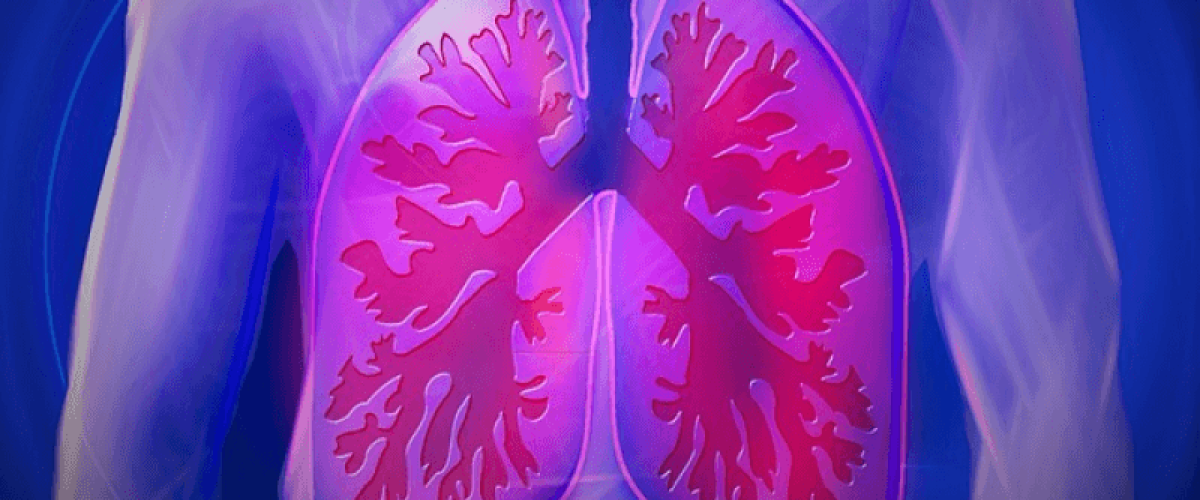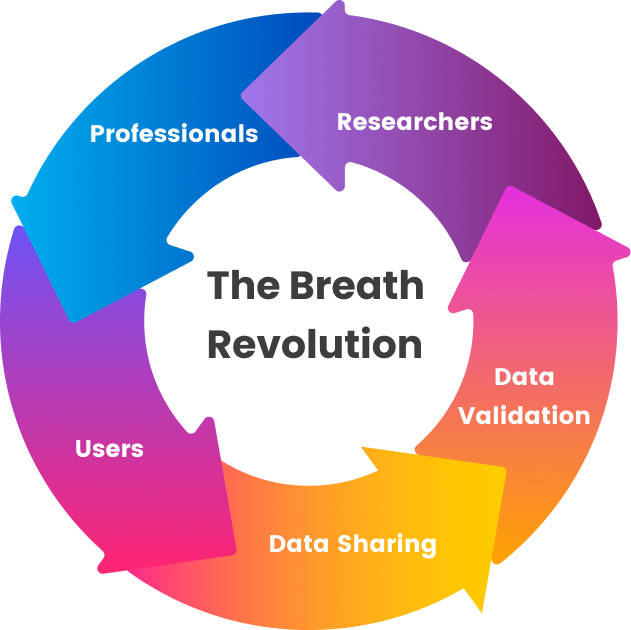We were deeply engrossed in our discussion over the lack of methods to evaluate the efficacy of breathing exercises, when I asked colleagues Aaron and Suzanne what their breathing rate was. Aaron recorded 14 breaths per minute while Suzanne settled at 13 by manually counting with pen and paper. Counting on their answers, I started out on an online searching spree to know whether their recorded breaths were called normal or not.
What is a Normal Breathing Rate?
Knowing what is normal or abnormal is usually the first clue that we use to understand our health. Many of us know how to measure our temperature or blood pressure to make a better informed health decision. Yet, our respiratory rate is one of our primary vital signs and many don’t ask what is normal breathing until their own breathing habit is impaired.
So, before ascertaining if we breathe normally, we first must define what is normal breathing according to a standard. Breathing is defined as a voluntary or involuntary task performed by our respiratory organs.
Our normal respiratory rate, also called breathing rate, is counted in breaths per minute and should stay between 12-20 breaths per minute. But this rate is considered normal for adults. In case of newborns, the breathing frequency for normal range stands between 34 to 57 breaths per minute.
It’s interesting that an infant breathes more than an adult every minute. Digging deeper revealed that our normal breathing rate changes as we age or get involved in any activity or experience psychological episodes. So how many breaths per minute is normal?

Our normal breathing rate is measured while we are at rest and that is considered a universally accepted metric. It is odd that it’s also not measured while doing activities.
We all know that breathing lets us peek into our state of health. While we are nervous or suffer from anxiety or even pain, we tend to breathe harder than normal indicating a change in breathing pattern.
And it’s only when we have difficulty breathing, we wonder about its normalcy. But how can we really know what normal is when the measurements were taken while people were resting.
How Can We Measure Breathing Rate?
Breathing is both a voluntary and involuntary task. While awake, we can intentionally change our breathing pattern but our body’s natural rhythm returns while we are at sleep. Seems confusing doesn’t it?
The disparity to measure our breathing rate kicks in at an early stage when we want to figure out the normal breathing pattern and rate. Even visiting a doctor to learn our normal breathing rate reaps no results as they record it while we rest.
So does it mean we don’t breathe normally while taking the morning run or engaging in a breathing exercise or all the other physiological and psychological changes that we undergo in our daily lives.
It is clear that breathing exercises teach us to control our breaths that reduce our respiratory rate below the threshold of 12-20 breaths per minute. Navy seals normally take 8 breaths per minute. But we all know they are relatively healthier than us.
The questions just don’t seem to end when it comes to normal breathing rate or how to measure it.

We continued our discussion with measuring my own respiratory rate that stood at 17 breaths per minute. While Aaron and Suzanne are in their mid-40s and are non-smokers, I on the other hand am in my late-20s and smoke three packs a day. These numbers clearly indicate that their inhalation and exhalation time is more than mine. Is it because I am a smoker, I wondered?
We all know that smokers have nicotine filled lungs that reduces oxygen intake. Does that mean that they don’t breathe normally?
There is a lack of adequate data to suggest what is our normal breathing rate or how can we measure it in different situations.
Measuring Normal Breathing with Technology
A spirometer or oximeter measures our lung capacity to deduce our normal breathing pattern while other technological marvels like fitness watches and bands count our heart and pulse rates to evaluate the same.
One common characteristic in all these measuring devices is that the metrics are recorded while we are resting. But don’t we breathe with our nostrils, mouth and lungs?
Today, there is no device that records our breathing through closely monitoring our chest movement as physiologically our diaphragm contracts and retracts while we breathe. Neither can we take into account measuring our breathwave.

Apart from measuring devices, medical practitioners rely on personal encounters to evaluate normal breathing.
In a world where every other organ or function in our body has a dedicated test for evaluation, breathing is still neglected. Don’t you think?
An adult takes above 30 breaths per minute while exercising, while a monk can get his respiratory rate below the minimal benchmark. So, aren’t these individuals breathing normally or have they underlying causes?
Unequivocally, breathing is the most important function in our lives. It has the power to indicate almost any psychological or physical changes. But we have a dearth of qualitative and quantitative data to really understand our normal breathing rate during activity or how do we evaluate normal breathing.
Another piece of the problem is understanding the difference between healthy and normal breathing.
Did you know: Have you ever calculated your inhalation and exhalation time? You will find that you start breathing intentionally. Surprising isn’t it?
Healthy Breathing versus Normal Breathing
It is evident that there is a lack of qualitative and quantitative data to measure breath. The gap stems from a lack of appropriate measuring tools. It is only through large data sets that a line of distinction can be drawn between normal and healthy breathing and also ascertain our normal when in activities. These are all averages and not exact to you and I.
Measuring breath is a complicated task as every individual breathes differently, according to their lung capacity. While the normal respiratory rate for an infant below 1 year is around 44 BPM, for a teenager it stands between 12-16 BPM. It is evident that our respiratory rate changes with age and that this rate is considered normal.
The post-Covid world has shifted its focus to find answers to unresolved questions to the mysterious world of breath. We do know that breathing has its benefits but the scientific ratifications are due.
There are new technologies on the way to answer some of these respiratory questions. Health companies are exploring ways to provide new cost effective tools to accurately measure our normal respiratory rates and lung function. Understanding our normal respiration rate is the first step to understanding our total state of being and creating a greater awareness of our health.
During our discussion, I asked Aaron and Suzanne why can’t we distinguish between normal breathing during rest and activity or normal and healthy breathing. The answer was indeed very obvious but I was shocked that I never did think about it. The duo in unison said, “You will have to measure your unconscious breathing habits which mandates better monitoring devices. This example has been proven multitudes of times by other tracking devices. For example, people started focusing on walking more when they knew how many steps they took every day. It is the same analogy but the way you breathe is your most important vital metric.”













